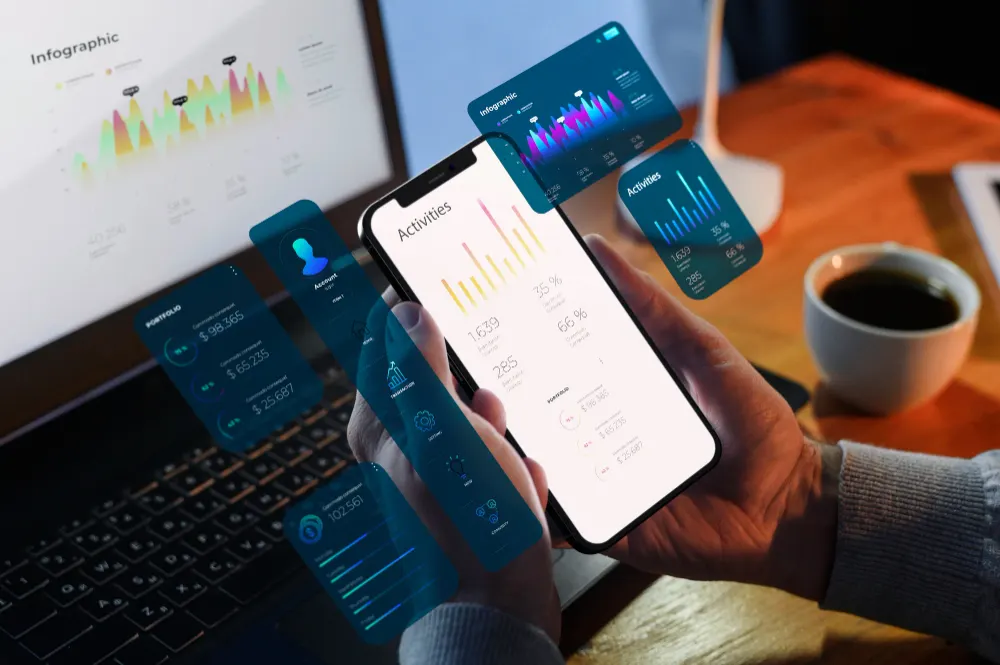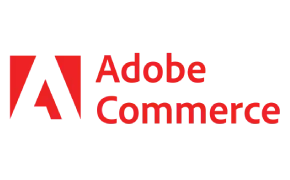How Much Does It Cost To Develop An Entertainment App?
The cost of developing an entertainment app depends on several factors such as the UI/UX design of the app, the list of features, and more. Here we have listed all the factors that influence the cost of development.
Platform Selection
The choice of platform (iOS, Android, or both) significantly impacts the development cost. Developing a native app for both platforms requires more resources and time compared to a single platform. Alternatively, using cross-platform development tools like Flutter or React Native can be cost-effective but may have limitations.
App Complexity and Features
The complexity and number of features directly influence the cost. Basic features like user registration, content browsing, and playback are essential, but advanced features such as live streaming, offline viewing, social integration, and AI-driven recommendations add to the complexity and cost.
Design and User Experience (UX)
Investing in high-quality design and a seamless user experience is crucial for an entertainment app. Custom animations, intuitive navigation, and engaging UI elements require specialized skills and can increase development costs. A well-designed app can improve user engagement and retention.
Backend Development and Infrastructure
A robust backend infrastructure is essential for handling user data, content management, and real-time interactions. Developing a scalable and secure backend, integrating APIs, and setting up servers add to the overall cost. Cloud services like AWS, Google Cloud, or Azure can provide scalable solutions but also involve ongoing expenses.
Content Licensing and Acquisition
For entertainment apps that provide media content, licensing and acquiring content can be a significant cost factor. Negotiating rights, obtaining licenses for music, movies, or TV shows, and managing royalties require substantial investment. Ensuring compliance with legal and regulatory requirements adds to the complexity.
Third-Party Integrations
Integrating third-party services and APIs, such as payment gateways, social media platforms, analytics tools, and content delivery networks (CDNs), adds functionality but also increases development costs. Each integration requires setup, testing, and maintenance.
Security and Compliance
Ensuring the security of user data and content is critical. Implementing robust security measures, including encryption, secure payment processing, and compliance with data protection regulations (like GDPR or CCPA), adds to the cost. Regular security audits and updates are necessary to maintain a secure app.
Testing and Quality Assurance (QA)
Thorough testing and quality assurance are essential to deliver a bug-free and reliable app. This includes functional testing, performance testing, security testing, and user acceptance testing. Ensuring compatibility across different devices and operating systems also requires significant effort and resources.
Maintenance and Updates
Ongoing maintenance and regular updates are necessary to keep the app functional and competitive. Fixing bugs, improving performance, adding new features, and adapting to new operating system updates incur continuous costs. A well-planned maintenance strategy ensures the app remains relevant and user-friendly.
Marketing and Promotion
Launching and promoting the app requires a well-thought-out marketing strategy. Costs associated with digital marketing, social media campaigns, influencer partnerships, and app store optimization (ASO) can be substantial. Building a user base and gaining visibility in a competitive market is crucial for the app's success.
Localization and Multilingual Support
Supporting multiple languages and localizing content for different regions can expand the app's user base but also increase development costs. Translating UI elements, ensuring compatibility with different languages, and adapting content to regional preferences require additional resources.
Developer Expertise and Location
The expertise and location of the development team play a significant role in cost. Hiring experienced developers or a reputable development agency can be more expensive but ensures higher quality. Offshore or nearshore development teams may offer cost advantages but require effective communication and project management.
Prototyping and MVP Development
Developing a prototype or a Minimum Viable Product (MVP) before the full-scale app can help validate ideas and reduce risks. While this initial phase incurs costs, it allows for testing concepts, gathering user feedback, and making necessary adjustments before investing in complete development.
























































